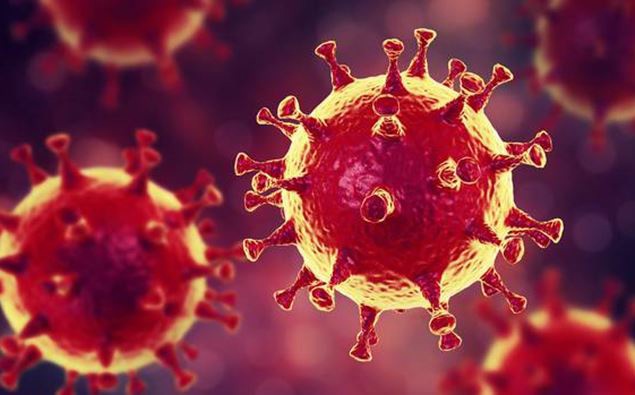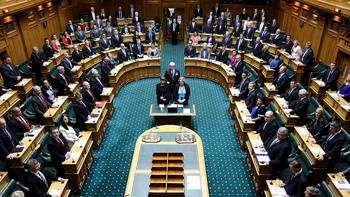The World Health Organization on Thursday released a new scientific report detailing how the coronavirus can pass from one person to the next -- including through the air during certain medical procedures, and possibly through the air in crowded indoor spaces.
The report says that "to the best of our understanding," the virus is primarily spread through contact and respiratory droplets, but there are still many unanswered questions around airborne transmission and "more studies are urgently needed."
The report comes just days after the publication of a letter Monday signed by 239 scientists that urged the agency to be more forthcoming about the likelihood that people can catch the virus from droplets floating in the air.
"Airborne transmission of the virus can occur in health care settings where specific medical procedures, called aerosol generating procedures, generate very small droplets called aerosols. Some outbreak reports related to indoor crowded spaces have suggested the possibility of aerosol transmission, combined with droplet transmission, for example, during choir practice, in restaurants or in fitness classes," the new WHO report said about the coronavirus, named SARS-CoV-2.
Still, "current evidence suggests that transmission of SARS-CoV-2 occurs primarily between people through direct, indirect, or close contact with infected people through infected secretions such as saliva and respiratory secretions, or through their respiratory droplets, which are expelled when an infected person coughs, sneezes, talks or sings," the report said. "Respiratory droplets from infected individuals can also land on objects."
WHO's website also noted that "there have been reported outbreaks of COVID-19 in some closed settings, such as restaurants, nightclubs, places of worship or places of work where people may be shouting, talking, or singing. In these outbreaks, aerosol transmission, particularly in these indoor locations where there are crowded and inadequately ventilated spaces where infected persons spend long periods of time with others, cannot be ruled out. More studies are urgently needed to investigate such instances and assess their significance for transmission of COVID-19."
There is a difference between the particles released when someone coughs or sneezes and transmits Covid-19 compared with aerosolized particles, said Brittany Kmush, an assistant professor who specializes in public health and infectious diseases at Syracuse University in New York.
"We've always thought it was airborne in that you didn't actually need to come into direct contact with somebody's mouth or nose to get the virus. So if somebody sneezed, it could travel through the air as large droplets and get to your mouth and nose and cause an infection," said Kmush, who was not involved in the WHO report.
Whereas, airborne transmission involving aerosols or "aerosol transmission" refers to the dissemination of particles that get aerosolized.
"So these are really tiny particles that can stay in the air for a long time and can go further and so there is some evidence I believe that Covid can be transmitted in this method with these kind of small aerosolized particles that can stay in the air for a longer period of time," Kmush said. "We still have to keep doing the masking and the distancing and staying home whenever possible."
Dr. Benedetta Alleganzi, WHO technical lead for infection prevention and control, said during a media briefing in Geneva on Tuesday that the agency has discussed and collaborated with many of the scientists who signed the letter claiming WHO hasn't been forthright about airborne transmission.
"We acknowledge that there is emerging evidence in this field, as in all other fields regarding the Covid-19 virus and pandemic, and therefore we believe that we have to be open to this evidence and understand its implications regarding the modes of transmission, and also regarding the precautions that need to be taken," Alleganzi said.
For some time, "we have been talking about the possibility of airborne transmission and aerosol transmission as one of the modes of transmission of Covid-19," Maria Van Kerkhove, WHO's technical lead for coronavirus response and head of its emerging diseases and zoonoses unit, said during Tuesday's briefing.
"This is a respiratory pathogen and so it is important that what we know fits into the guidance that we have, which is why a comprehensive package of interventions are required to be able to stop transmission," Van Kerkhove said. "This includes not only physical distancing. It includes the use of masks where appropriate in certain settings, specifically where you can't do physical distancing, and especially for health care workers."
Take your Radio, Podcasts and Music with you










